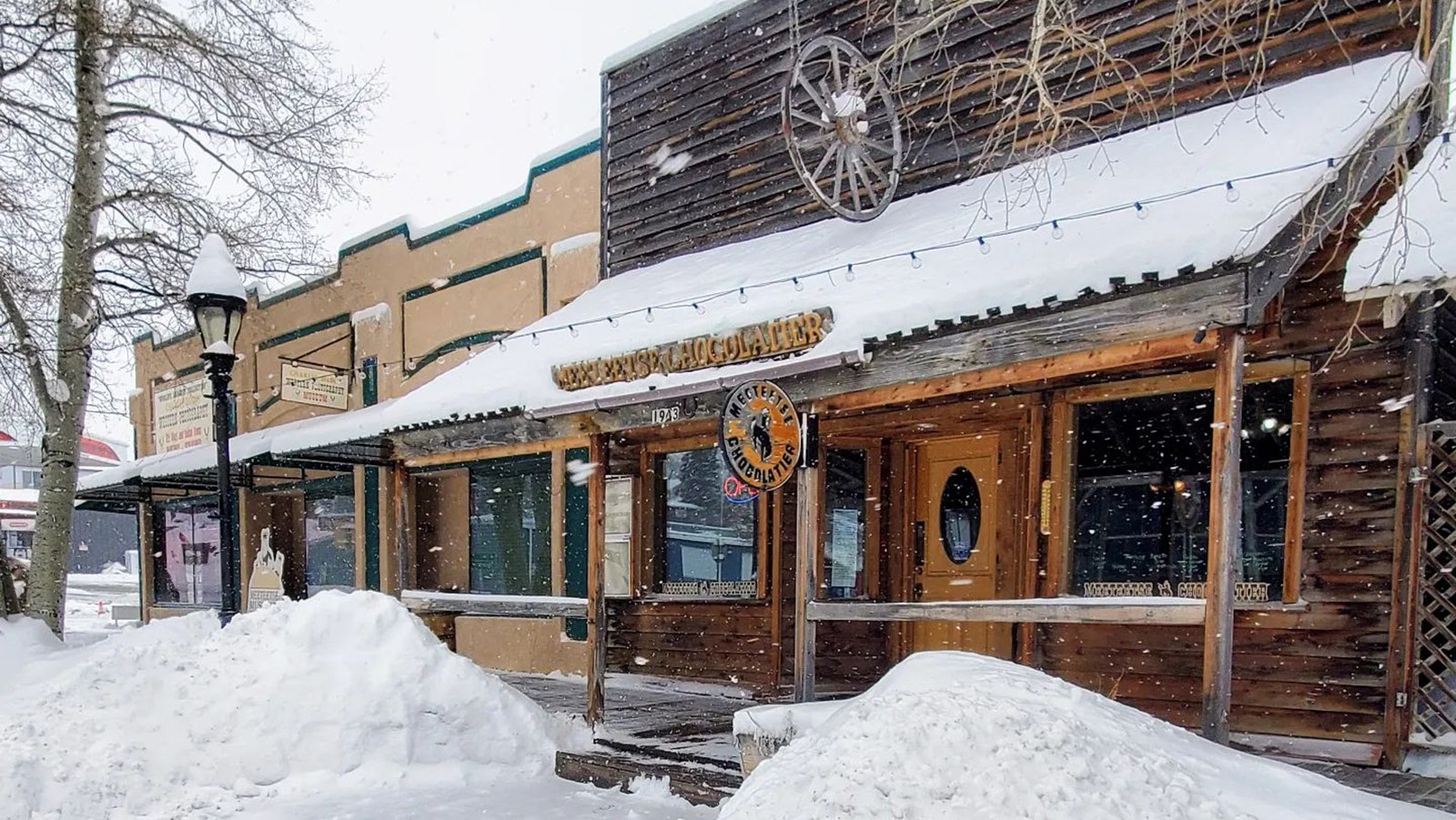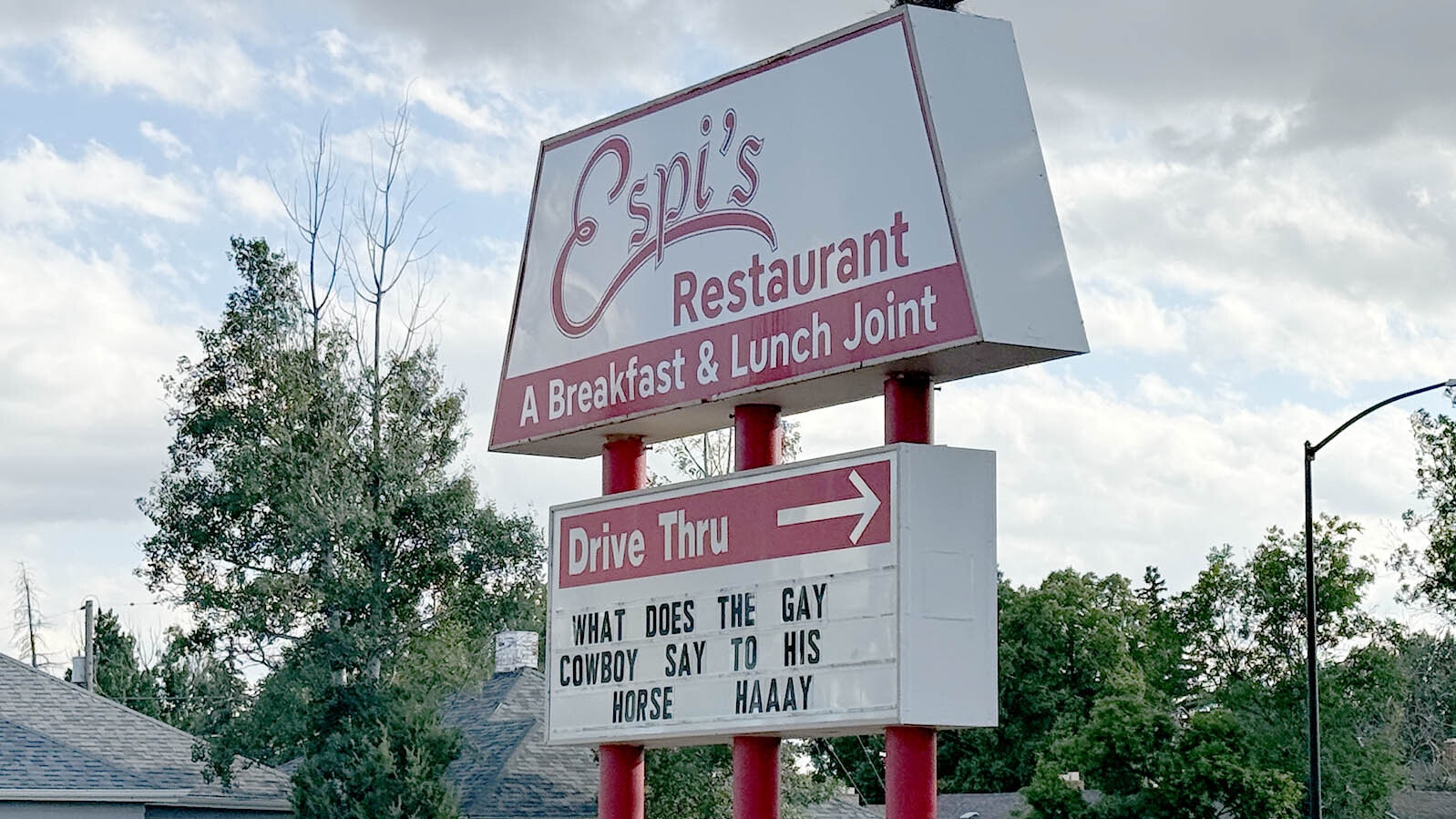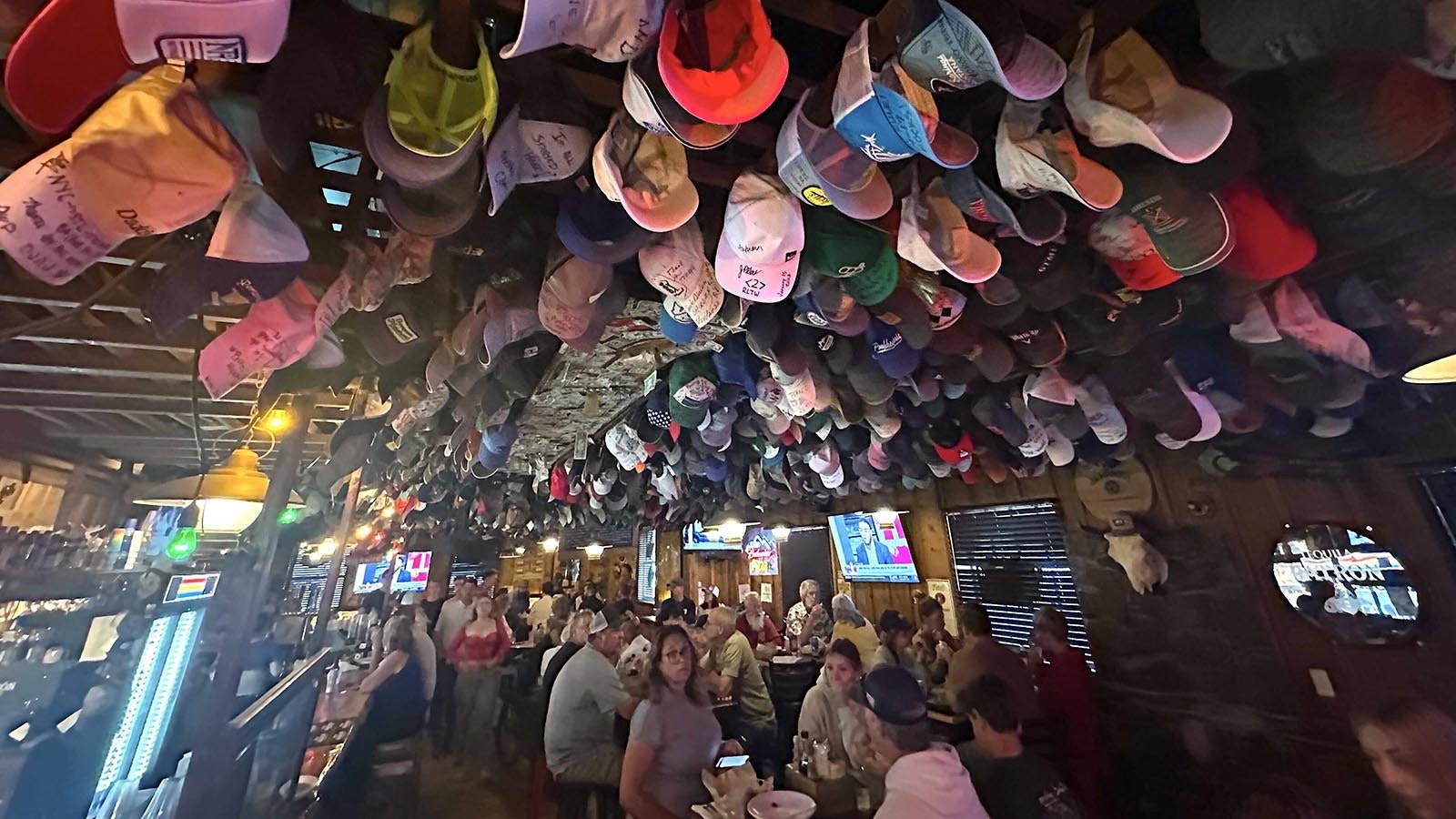In the cold deep of January when most of us can only dream of spring, the Meeteetse Chocolatier does a little more than just dream.
January is when Tim Kellogg will travel to the coastal Central American country of Belize, where he will stop by various cacao farms in person to sample their nibs and buy direct from the families that produce them.
“The terroir of chocolate is very similar to the terroir of grapes or wine,” he told Cowboy State Daily. “So, where it’s grown – the soil, the sunlight, the rain, the humidity – all that affects the flavor of the beans.”
By contrast, beans for the chocolates most of us are used to are bought in bulk from all over the world, then blended together.
That way each bar will taste the same, from one bar to the next.
“Every time you buy a box or a bag of, like, chocolate chips or a bar of chocolate it always tastes the same,” Kellogg said. “So, there’s that consistency.”
But consistency is also the hobgoblin that eats smaller minds. Kellogg is after a different, much more expansive experience with his chocolate.
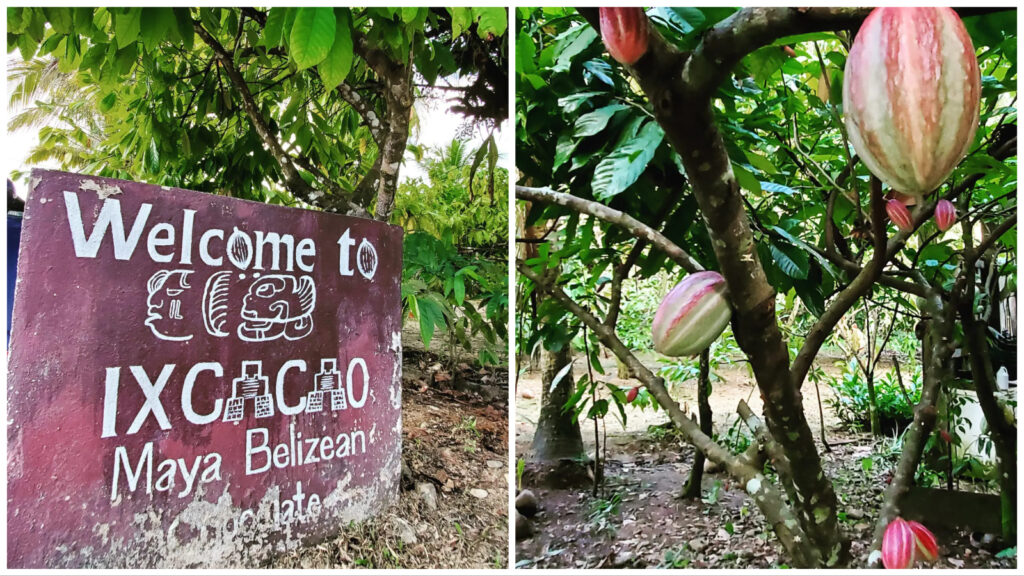
Curiosity Doesn’t Kill Chocolate
Kellogg’s Belize trip began with simple curiosity. He didn’t know much about how the chocolate he was shaping in his store came to be.
So, one January he decided to visit a cacao farm to learn.
“Belize seemed to be a good fit,” he said. “It’s a former British colony, so it’s an English-speaking country. They’re renowned for their cacao farms. They’re all locally owned and at this point, they’re all organic.”
So, Kellogg booked himself a guide and visited a couple of different farms to learn about chocolate, from fruit harvest to cacao nibs.
“It was a very eye-opening and great experience,” he said. “The beans out of Belize worked very well for what I’m trying to do, and they have great flavor. They’re consistently high quality.”
New Beans, New Delights
In one trip, Kellogg just barely scratched the surface of the Belize chocolate world. So, he went back for more.
While there, he would sample nibs from new farms, as well as visit old favorites.
“Just driving along the roads you’ll like see signs for other farms,” he said.
Some, he discovered, are open to the public, while others are receptive to visitors if called ahead.
Kellogg enjoyed talking to the growers about their lives, as well as learning more about their production methods.
“On these family farms, the whole family works,” he said. “The farms typically get paid pennies on the dollar for the beans they harvest.”
By buying direct, Kellogg knows he’s helping these families be that much more economically sustainable. He’s also getting an inside look at their growing practices. Organic ingredients is a particular point of pride for the Meeteetse Chocolatier and all of its confections.
“Like on the one farm, I went and had lunch with the father and the mother, and then two of his kids were home from college,” he said. “It was a wonderful experience, and I felt much more confident giving them my money.”




Intense Experience
The beans from Belize, as it happens, are perfect for what Kellogg wants — a decadent experience that is difficult to reproduce anywhere else.
“They have great notes of, like, dried fruit and they’re kind of intense,” he said. “You have notes of fig and tobacco and raisin and dried cherries, things like that. Some are a little bit more extreme than others.”
Kellogg doesn’t buy beans, however.
“When the beans first come out of the pods they’re called wet beans,” he said. “And I can’t bring those into the state because it’s live produce.”
The beans can be bought once fermented and dried, but Kellogg prefers to buy them once they’ve been expertly roasted and turned into cacao nibs.
“I’m terrible at roasting,” he said. “So that is better for me, because I can also taste (the nibs) and get an idea what the flavor will be once ground.”
On his last trip, Kellogg acquired cacao nibs from five farms, all within 100 miles of each other.
Despite their proximity, each bean has a completely different flavor profile.
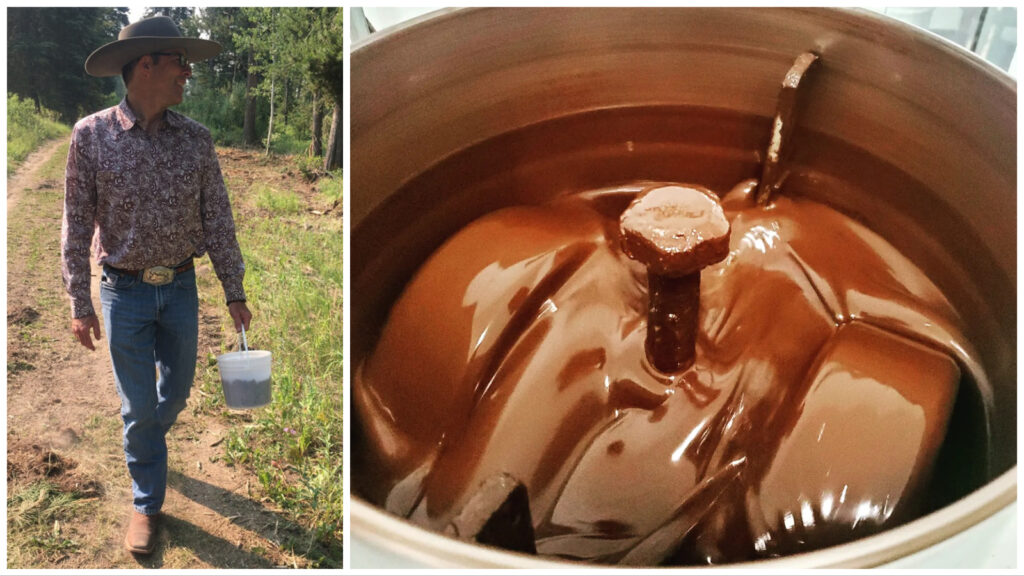
Magic Moment
There’s a magic moment when Kellogg is making the Belize cacao nibs into chocolate. It’s a mystery about to unfold.
“(The nibs) have this really incredible flavor, but it’s just kind of pure cacao,” he explained.
It is the grinding process that releases the true flavors of the chocolate — a 24- to 36-hour process in which the flavor of the chocolate continues to develop and change.
Like Forest Gump, it’s impossible for Kellogg to know exactly what he’s going to get from each batch of cacao nibs, until the process is complete.
He describes the transformation of one of the nibs as “these notes of licorice and star anise and cinnamon and tobacco — it was just this crazy flavor profile,” he said.
By hour 34, the flavor profile had come together and matured. The flavors made sense and, “It was just this amazing, spicy, over-the-top incredible chocolate.”
Tasting Time
Chocolate like that has to be shared, of course, so Kellogg has been doing monthly tastings of the Belize chocolates at his shop in Meeteetse.
During these tastings people will ask him what kind of flavorings he’s added to get the chocolate bars to taste the way they do.
“Is there cinnamon?” they ask. “Vanilla?”
They’re convinced there must be some kind of flavoring.
But there isn’t.
Kellogg prides himself on three-ingredient bars. There’s chocolate. There’s cane sugar. And there’s a smidge of cocoa butter. The latter just ensures fluidity during the grinding process.
“It’s all just from the terroir of the soil, the air, the bean,” Kellogg said. “It’s the most remarkable thing, and you really wouldn’t want to add vanilla or anything to it, because it would mask all these wonderful flavors in there.”
With no preservatives, no flavorings, no additives of any kind, that makes the Meeteetse chocolates special. One-of-a-kind and oh-so-fleeting, it’s an experience that’s just not available wholesale — exactly as Kellogg intended.


If You Go
Store hours are 10 a.m. to 5 p.m. Tuesday through Friday and 10 a.m. to 2 p.m. on Saturday. It’s wise, however, to call ahead to ensure the store is actually open, as it closes for the day whenever the chocolates and pastries are all gone.
Shipping is available November through Easter, weather permitting. Updates are often given on Facebook and Twitter for upcoming events or tastings. You can also email meetchoc@yahoo.com or call 307-868-2567 for more details.

